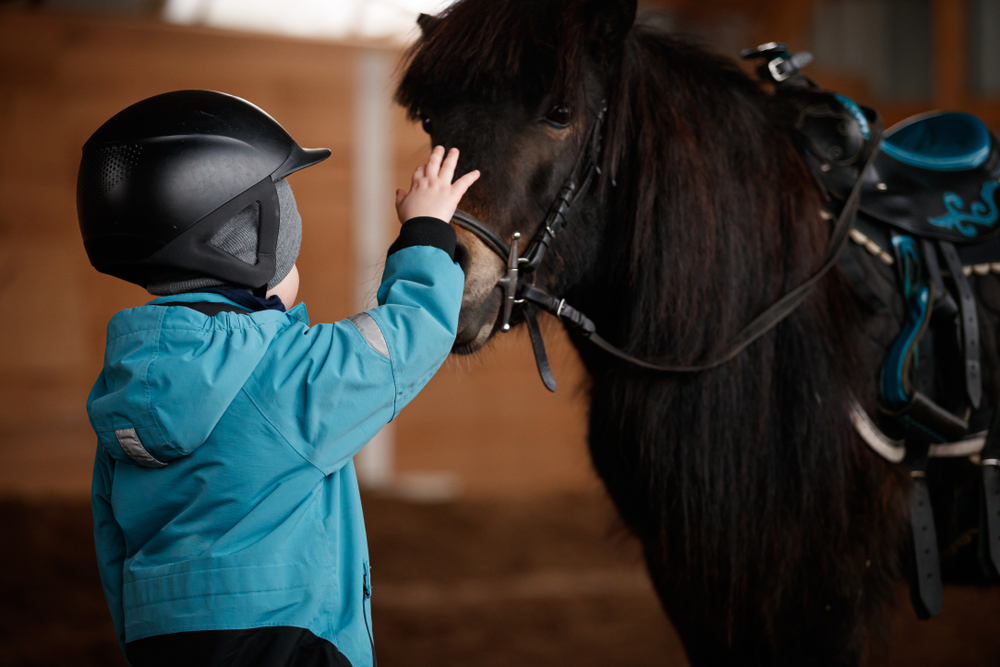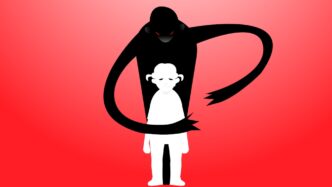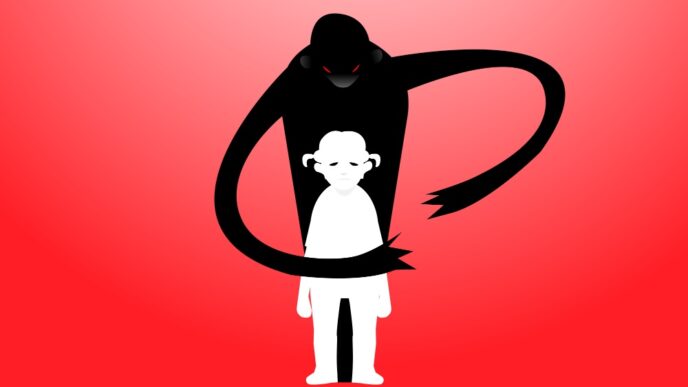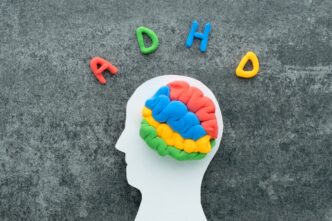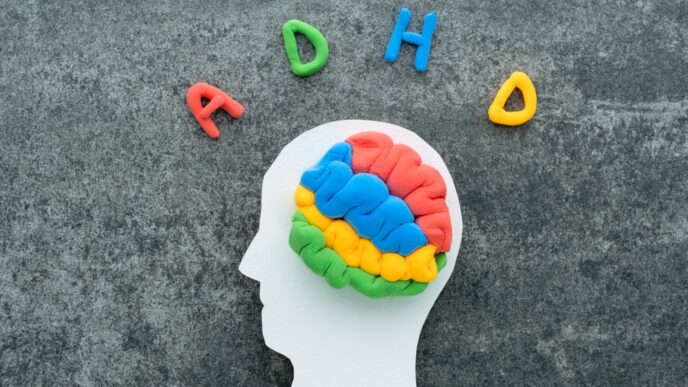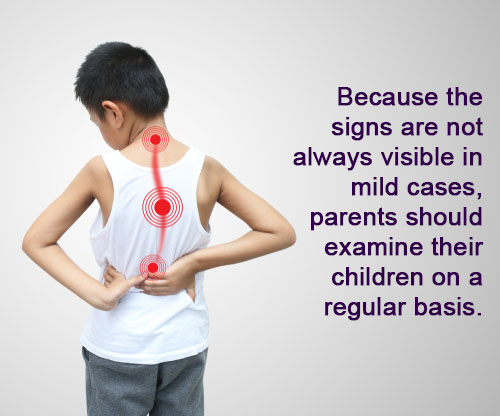Horses are not normally part of the Malaysian cultural landscape. Thus, many Malaysians may not be familiar with hippotherapy, or horse therapy, which utilizes horses as a means to heal both the body and mind. They have an opportunity to discover more for themselves at Green Apple Hippotherapy, the first establishment in Malaysia to offer this therapy to children with physical, mental, emotional and social disabilities.
WORDS LIM TECK CHOON
 FEATURED EXPERT FEATURED EXPERTDR ALI AZMAN MINHAJ Consultant Paediatrician Co-Founder Green Apple Hippotherapy Website | Facebook | Instagram |
A CLOSER LOOK AT HIPPOTHERAPY
“Hippotherapy,” says consultant paediatrician Dr Ali Azman Minhaj, “is ‘treatment with the help of a horse’, with the ‘hippo’ in hippotherapy meaning ‘horse’ in Greek.”
- Hippotherapy is widely recognized as a medical treatment.
- While the therapeutic benefits of horses had been recorded as early as around 400 BC (by the renowned Greek physician of those days, Hippocrates of Kos), today we see horses used by physical therapists to help patients with disorders affecting their nerves and muscles, such as cerebral palsy and brain injury.
- This has been practiced in Western countries since the 1960s, and it was only in the last decade or so that hippotherapy finally made its way to Malaysia.
Why a Horse?
 FEATURED EXPERT FEATURED EXPERTILIZA MUHAMMED IKHBAL Co-Founder Green Apple Hippotherapy Website | Facebook | Instagram |
Iliza Muhammed Ikhbal points out that it all lies in the horse’s unique gait.
- The horse’s gait helps to create movement patterns in the rider that are similar to that of a person walking.
- No equipment to date can create a similar effect.
“When a child – anybody, actually – sits on the horse,” Iliza explains, “the rhythmic movement of the horse stimulates the learning part of the brain.”
- The stimulation will lead to neurological changes that can help improve the rider’s posture, strength, and coordination.
- Furthermore, the rider often has to adjust their posture while the horse moves, so the riding experience also becomes a rehabilitative activity to gain better control and coordination over the rider’s muscles and movement.
THE BENEFITS OF HIPPOTHERAPY
Hippotherapy offers improvements in the following areas.
Physical Areas
- Strength and control.
- Balance, posture and coordination.
- Understanding of visual cues.
- Integration of senses.
- For people with neuromuscular conditions, reduced abnormal muscle tone and better control of limbs.
Cognitive Areas
- Improved gross motor skills.
- Improved timing and response.
- Improved speech and other self-expression abilities.
Psychological Areas
- Children can view hippotherapy sessions as fun horse-riding times, not a class or a session with the doctor.
- Hence, most young riders often open up during these sessions, thus improving their social and communication skills.
- Being able to ride a horse well can also build up their confidence to try new things.
- Bonding with a horse can help them develop a sense of kindness and empathy for other living creatures.
Dr Ali adds that he has personally seen improvements in the behaviour and attention span of children who undergo hippotherapy.
Who Can Benefit from Hippotherapy?
Everyone can benefit, says Iliza, but people with the following conditions may find it especially useful:
- Cerebral palsy
- Developmental delay
- Autism spectrum disorder (ASD)
- Attention deficit hyperactive disorder (ADHD)
- Learning and/or linguistic disabilities
- Sensory processing disorder
- Down syndrome
- Cerebral (brain) atrophy
- Acquired or traumatic brain injury
- Epilepsy
- Dyspraxia
Not Just for KidsHippotherapy can benefit people of all ages, including as the elderly who are looking for ways to keep their mind sharp. |
ATTENDING A HIPPOTHERAPY SESSION
Preliminary Evaluation
- Firstly, a team of paediatricians and therapists (usually a speech therapist, a physiotherapist and an occupational therapist) would evaluate the child’s health and mental status.
- A suitable programme can then be tailored to optimize the benefits the child can receive from these sessions.
- The type of activities and the number of sessions would depend on the result of this evaluation.
Meeting the Horse
- A child will then be acquainted with the horse, which is usually picked by the staff.
- The horse picked would be one that is most compatible with the child based on size, temperament, etc.
- The staff would teach the child how to approach and ride the horse.
The Session Begins
- Once the child and the horse are comfortable and familiar with one another, the session can begin in earnest.
- Each session typically lasts 30 minutes, and the child will carry out activities while still riding – supervised closely by the therapist and other staff members, of course – to improve coordination and other areas hampered by his or her condition.
- Parents can choose to watch by the sidelines, but they usually will not be allowed to enter the riding arena while a session is taking place.
Progress Assessment
- The child will be assessed on their progress during the middle and end of the programme.
- These assessments allow the team to make any necessary adjustments so that the child is benefitting from these hippotherapy sessions as much as possible.
IS HIPPOTHERAPY SAFE?
Parents may harbour some concerns when it comes to trusting their child to a horse.
Will the horse bite or kick?
According to Illiza, hippotherapy centres typically establish a set of rules for both the parents and the child to ensure the child’s safety.
- The child will only be allowed to approach, touch, or ride a horse under the supervision of members of the staff.
- Bridles and other safety equipment will be used to ensure greater proper control of the horse and prevent unwanted incidents.
- The child must not carry any food on them.
Throughout the entire session, the child will be closely accompanied by the therapist and usually 1 or 2 other staff members.
| This article is part of our series on how parents can support and optimize their child’s growth and development. |


